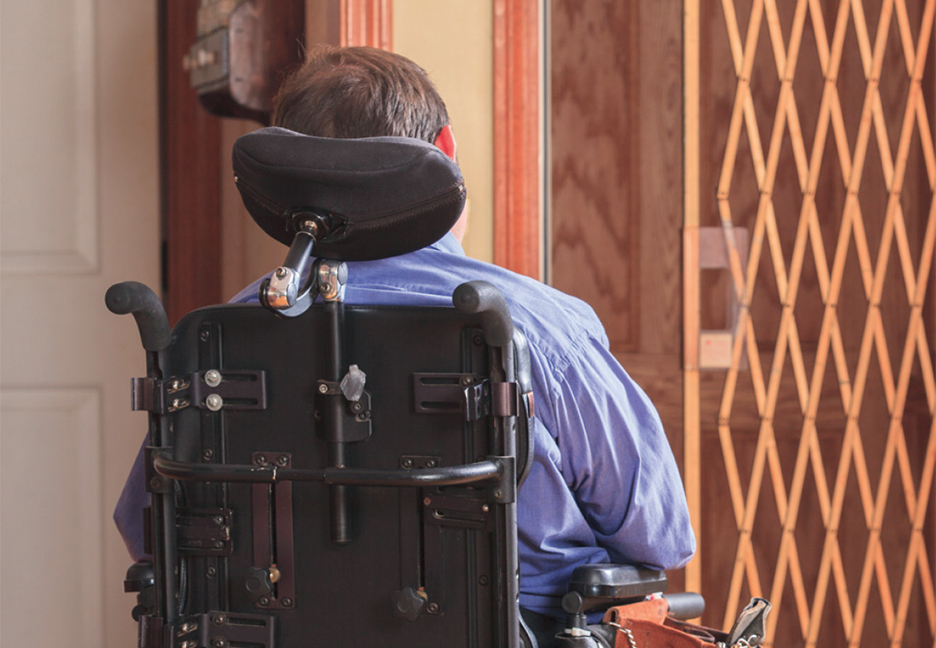
By Bethany Romano, MBA'17
Violence perpetrated against people with disabilities occurs at disturbingly high rates — particularly among women, children and people with intellectual disabilities. What are the health and mental health consequences of this violence?
PhD student Robbie Dembo wanted to find out, so he partnered with Lurie Institute Director Monika Mitra, who received funding from a Brandeis University Provost Research Award, to examine the relationship between violence and mental health for this population. “The overall disability research field tends to focus more on barriers to health and health care of the body,” notes Dembo. “But people with disabilities, like other people, experience depression, anxiety and distress.”

Dembo and Mitra looked at a nationally representative survey administered by the U.S. Bureau of Justice Statistics to identify incidents of sexual violence, robbery, assault and verbal threats of rape, sexual assault or assault against people with and without disabilities. They found that among people who experienced violence, those with disabilities developed anxiety, depression and distress at much higher rates than people without disabilities.
They also examined the data for gender disparities — and found them. “Women with disabilities experience violence that is more severe, occurs more frequently and over a longer duration, and is often committed by multiple offenders. We found that they experience, by far, the highest rates of depression, anxiety and severe distress, compared to women without disabilities and men with or without disabilities,” says Dembo.
Mitra adds, “Interestingly, we also found that although women with disabilities are absolutely the most vulnerable group, men with disabilities are just as likely to experience lifetime sexual violence as women without disabilities.”
The data also revealed that people with disabilities who experience violence are much more likely to know the perpetrator. The authors speculate that this may partially explain why people with disabilities develop greater mental health consequences of violence.
Dembo explains, “If you experience violence perpetrated by a friend, a family member, a caregiver, a teacher — that is potentially much more devastating. If you have a disability, you may rely on these people for medication, transportation or assistive technology — and you’re likely to be continually exposed to that person.”
Another factor that may contribute to differences in mental health consequences is that people with disabilities face barriers to care — a line of research that the Lurie Institute has led for several years. “People with disabilities face many barriers to health care: physical, architectural and also economic and financial barriers,” says Dembo.

Mitra adds that there are significant barriers to accessing mental health services. “Not all people who have disabilities are on public insurance. But for those who are, that’s a definite barrier. Many mental health professionals don’t accept Medicaid. Then there’s the matter of affordability and accessibility, both physical accessibility and attitudinal accessibility. Are mental health clinicians trained to work with people with disabilities?”
She says the results of this study were not a surprise. “For disability researchers, these findings seem obvious. But this research needs to make its way into mainstream public health circles for them to include people with disabilities in their violence-prevention and control work. That’s the only way change will happen.”
